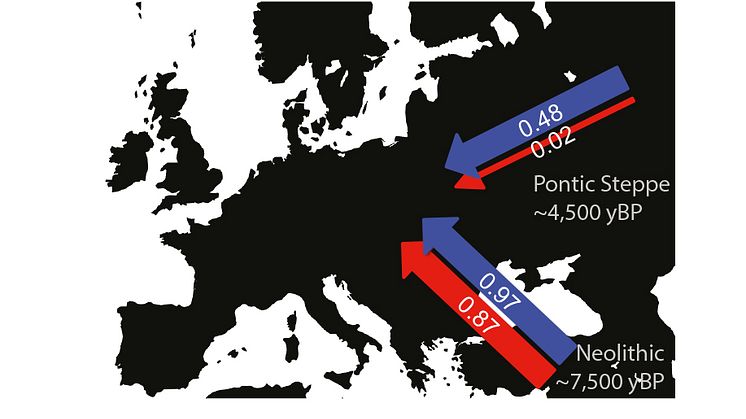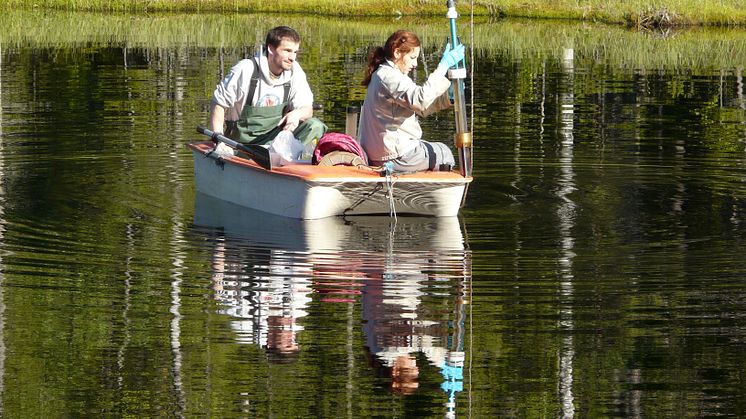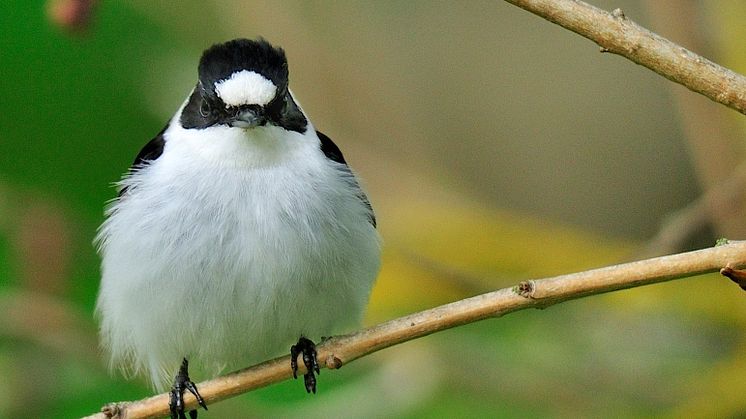Genes key to killer bee’s success
In a new study, researchers from Uppsala University sequenced the genomes of Africanized bees that have invaded large parts of the world to find out what makes them so extraordinarily successful. One particular region in the genome caught the researchers’ attention and the genes found there could be part of the explanation for the aggressive advances of these hybrid bees.


